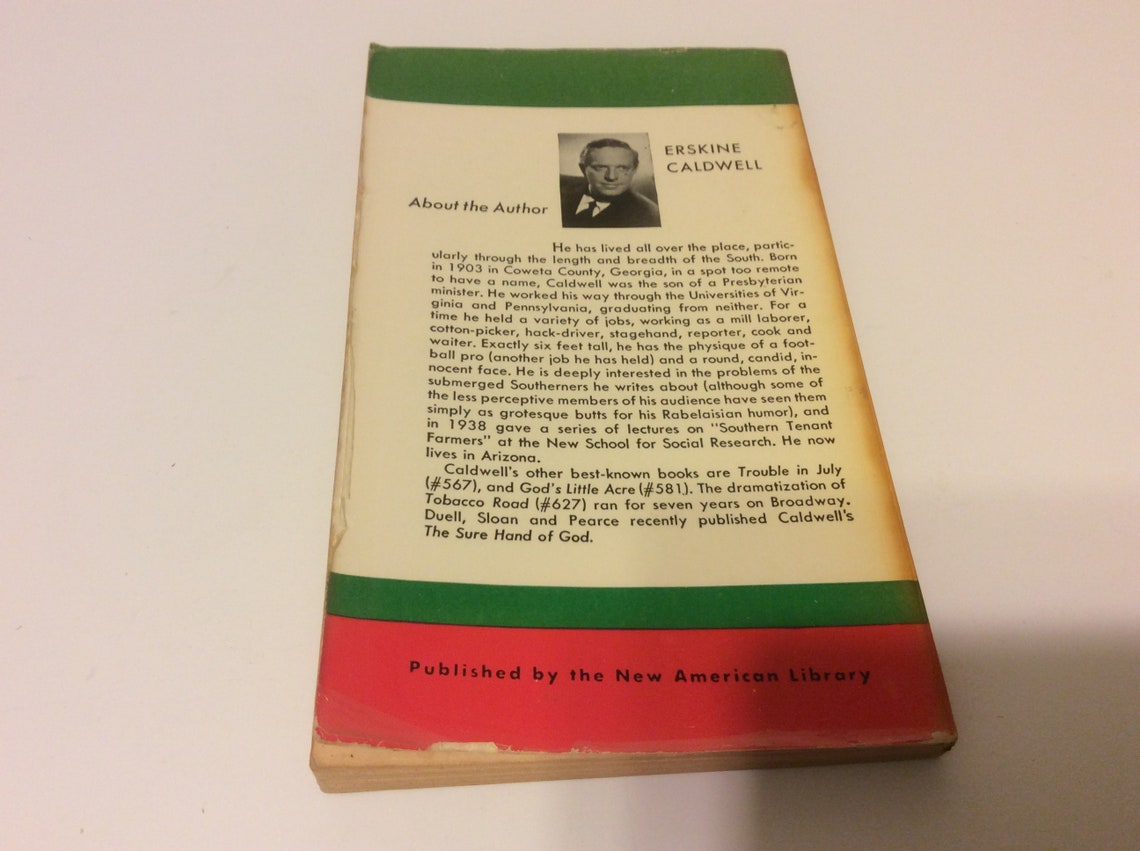
Erskine Caldwell’s sympathy for these people and his outrage at the conditions in which they lived were real, and his novel was meant to be a work of social protest. His father, Ira Sylvester Caldwell, who was pastor of the local Associate Reformed Presbyterian Church, was also an amateur sociologist and often took his son with him to observe some of the more destitute members of the rural community. It was inspired by the terrible poverty he witnessed as a young man growing up in the small east Georgia town of Wrens. Tobacco Road, published by Charles Scribner and Sons in 1932, was Caldwell’s third novel. These books thus present a radical contrast to the traditionally genteel and romantic views of the region, popularized most notably by Margaret Mitchell in Gone With the Wind (1936). They detail the ruination of the land, the growth of textile mills, and the abiding influence of fundamentalist religion in the South. Along with the less well-known Journeyman (1935), these books make up a serio-comic trilogy of Georgia life in the first half of the twentieth century.


Tobacco Road was named one of the Modern Library’s 100 best novels of the twentieth century, and God’s Little Acre remains Caldwell’s single most popular work, having sold more than 10 million copies. Although Erskine Caldwell wrote more than sixty books, twenty-five novels among them, he is best known for two works of long fiction, Tobacco Road (1932) and God’s Little Acre (1933).


 0 kommentar(er)
0 kommentar(er)
